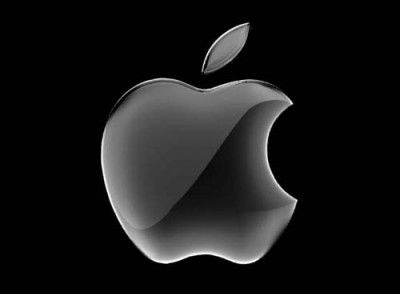Apple has revealed that it is building a 20 MW solar array to power its massive data centre in North Carolina (pictured), the first time the company has revealed details about the solar project.
Ironically, the solar project concerns a data centre that has been criticised by environmental advocates for its reliance on North Carolina’s largely coal-and nuclear-powered energy grid.
Solar expansion
The company’s plans to expand its solar usage have been known since last autumn, but Apple disclosed the first details on its plans in its environmental report (PDF) published on Monday.
The array will be built on 100 acres and will supply 42 million kWh of solar power per year. When completed it will be the US’ largest end user-owned solar array. Apple said the Maiden, North Carolina facility has been given the US Green Building Council’s LEED Platinum certification, adding,”We know of no other data centre of comparable size that has achieved this level of LEED certification.”
“Our goal is to run the Maiden facility with high percentage renewable energy mix, and we have major projects under way to achieve this – including building the nation’s largest end user-owned solar array and building the largest nonutility fuel cell installation in the United States,” the company stated.
Other large solar arrays in the US tend to be owned by solar specialists who sell power to utilities. Apple said it is also planning a fuel cell farm for the Maiden data centre that will capture gas from decomposing biomass to generate 5 MW and will go into operation later this year. Apple already has a smaller 500 kiwowatt biogas-powered fuell cell at its Cupertino facility.
iCloud, Siri
The Maiden facility is used to power cloud efforts such as iCloud and the voice command service Siri. A study published in January found that users of the iPhone 4S consume twice as much data as the iPhone 4, and three times as much as the iPhone 3GS, in part due to the large amounts of data traffic generated by Siri.
Apple said it has eliminated 30,000 metric tonnes of carbon dioxide equivalent emissions through the use of facilities in California, Texas, Ireland and Germany running entirely on renewable energy. The company has been shamed in the past for its reliance on “dirty” power sources and the North Carolina facility in particular was criticised last year by Greenpeace, which said it indicated a “lack of a corporate commitment to clean energy supply” for its cloud operations. North Carolina has an electrical grid that is among the dirtiest in the US (61 percent coal, 31 percent nuclear).
“The fact that the alternative location for Apple’s iDataCenter was Virginia, where electricity also comes from very dirty sources, is an indication that, in addition to tax incentives, access to inexpensive energy, regardless of its source, is a key driver in Apple’s site selection,” the report said.
“The massive iDataCenter has estimated electricity demand (at full capacity) as high as triple Apple’s current total reported electricity use, which will unfortunately have a significant impact on Apple’s environmental footprint,” the report stated.
Two patent applications published last October by the US Patent and Trademark office (USPTO) revealed details of Apple’s internal development of fuel cells to power portable electronic devices. The applications were first filed in 2010 and demonstrate a new concept designed by Apple which should make hydrogen fuel cells cheaper and lighter to produce.






